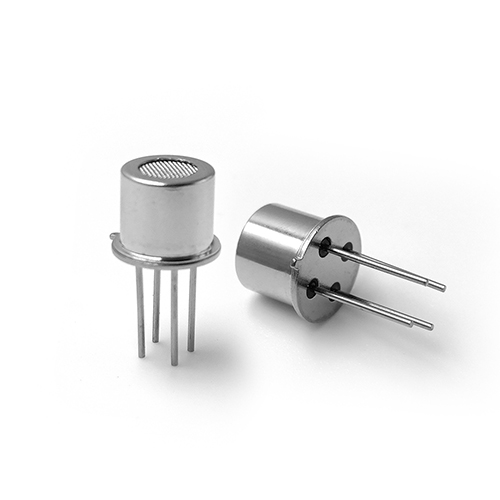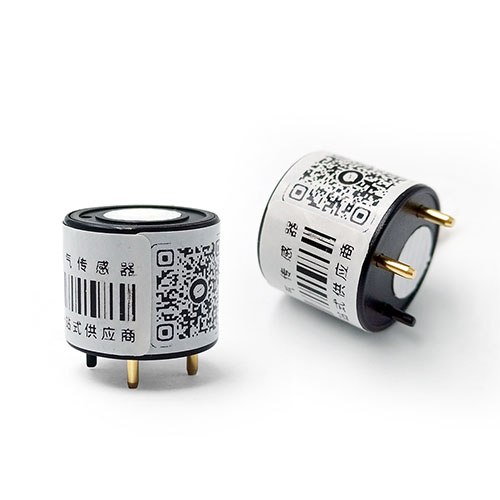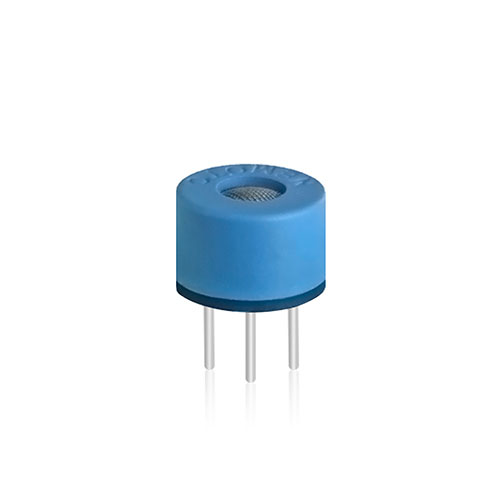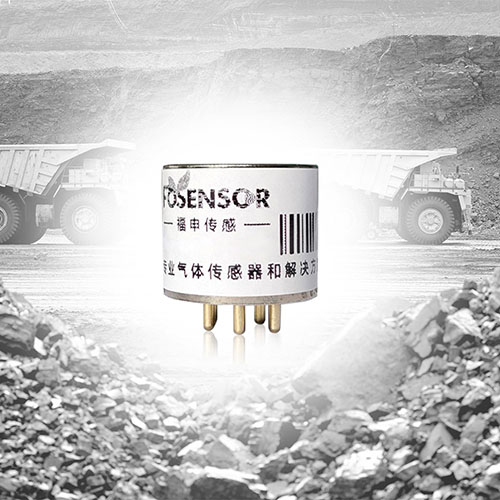Types of gas sensors
At present, industrial production safety, environmental pollution, and other issues are doubly concerned. One of the accidents is caused by the leakage of toxic, flammable, and explosive gases. Therefore, the detection of such gases, early warning and its prevention has its own important significance. More and more companies are committed to the monitoring of toxic/hazardous gases. This paper will briefly introduce Types of gas detection sensors
Types of gas sensors
The gas sensor is the core component of the gas detection equipment, according to its detection principle can be divided into metal oxide semiconductor sensors, electrochemical sensors, catalytic combustion sensors, infrared sensors, PID photoionization sensors, and so on.
1.metal oxide semiconductor sensor
Metal oxide semiconductor gas sensors use a certain temperature, the adsorption of the measured gas, change the conductivity of the semiconductor, the rate of change with the gas composition, and concentration-related. By detecting the change in resistance, the gas to be measured is detected. The main features of semiconductor gas sensors: are high sensitivity, fast response, long life, low cost, and low sensitivity to humidity, but require high-temperature heating, poor gas selectivity, environmental factors that have a large impact, poor output stability, and high power consumption. Widely used in the measurement of gas leakage phenomena, such as methane (natural gas, methane), alcohol, carbon monoxide (city gas), hydrogen sulfide, ammonia (including amines, hydrazine), and other gases, but should not be used for precision measurement of gas content occasions.
2.Electrochemical sensor
An electrochemical gas sensor is a micro-fuel cell component, the use of gas in the electrochemical oxidation/reduction reaction principle, the gas in the working electrode chemical reaction, in the chemical reagents, electrodes between the current, the current changes with the gas concentration changes, through the detection of the size of the current to get the value of the gas concentration. This type of sensor includes primary cell type, constant potential electrolytic cell type, concentration difference cell type, and limit current type. Electrochemical sensors are mainly characterized by high sensitivity of the gas, good selectivity, good long-term stability, and the corresponding time is slow, but short life, such sensors can detect many toxic gases and oxygen, such as carbon monoxide, hydrogen sulfide, ammonia, and oxygen.
3.Catalytic combustion sensor
Catalytic combustion gas sensor is a gas-sensitive material in the energized state, combustible gases in the role of catalyst combustion, due to combustion so that the temperature of the gas-sensitive material increases and thus resistance changes. Generally in the platinum resistor surface preparation of a high-temperature resistant catalyst layer, at a certain temperature, combustible gases in the surface of the catalytic combustion, platinum resistance temperature rises, resistance changes, the change value is a function of the concentration of combustible gases. This type of gas sensor is mainly characterized by high precision, corresponding to fast, long life, in the range of flammable gases, poor selectivity, and easy to “sensor poisoning” (organic vapors will make the sensor fail), there is a risk of detonation of the gas.
4.Infrared sensor
The infrared sensor is based on the spectral absorption method, gas absorption of a specific wavelength of the infrared region of the principle of detection of characteristic absorption peak location of the absorption intensity, to determine the concentration of a gas and its type. It is characterized by good resistance to neutrality and high sensitivity, but complex structure and high cost. Most hydrocarbons have a reaction, such as methane, acetylene, ammonia, carbon dioxide, etc., that can effectively distinguish the type of gas, and accurately determination of gas concentration.
5.PID photoionization gas sensor
PID photoionization sensor consists of the ultraviolet light source an ion chamber and other major parts of the composition, through the ion chamber of the positive and negative electrodes, the formation of an electric field, in the irradiation of the ultraviolet light, ionization of the gas to be measured, the generation of positive and negative ions, the formation of a current between the electrodes, the amplification of output signals. pid photoionization gas sensor has high precision, good sensitivity, fast response, no poisoning, safe and reliable, but the cost of high, and regular maintenance. Regular maintenance. Mainly used for volatile organic compounds measurement, such as aromatic hydrocarbons, ketones, aldehydes, and so on.










